Chamomile tea’s health benefits extend far beyond its naturally sweet flavor and aroma reminiscent of apples, which include facilitation of sleep, reduction of anxiety, and amelioration of stomach pain. If you’re wondering Does Chamomile Tea Have Caffeine? the answer is no.
Chamomile tea is not the best choice if you’re in need of a caffeinated pick-me-up. However, chamomile tea is an ancient remedy that has been used effectively across many cultures and centuries for its healing properties.
One of the best ways to unwind at the end of a long day is with a cup of chamomile tea. The high-caffeine, energy-boosting, morning tea for achievers, Zest Energy Tea, shares some surprising similarities with chamomile tea.
Caffeine content aside, this caffeine tea guide discusses chamomile’s many positive attributes. The chamomile in our herbal sleep tea is potent, but perhaps not in the way you’d expect.
What Is Chamomile Herb?
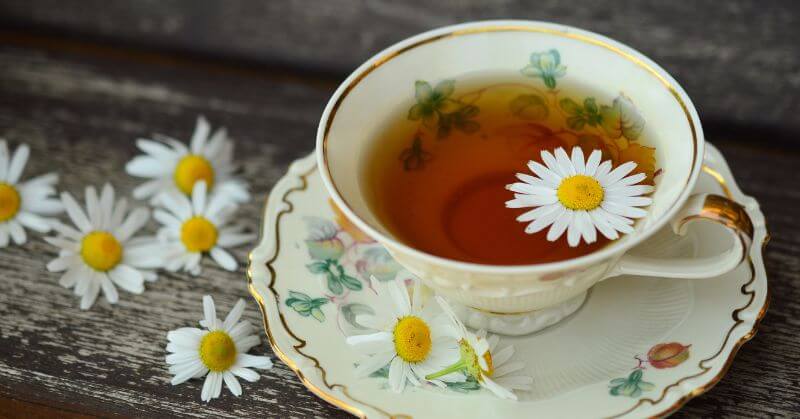
Chamomile, or chamomile, is a member of the same family as sunflowers and marigolds called Asteraceae. Chamomile is most commonly consumed as a herbal infusion (or tisane) made from dried flowers.
In Ancient Egypt, chamomile was used for religious rituals, as a tincture to embalm the dead, and in treatments and salves due to its calming botanical aroma and subtle fruity flavor. Caffeine-free and containing polyphenols, chamomile remains a popular substitute for caffeinated beverages before bedtime.
How Do You Make Chamomile Tea?
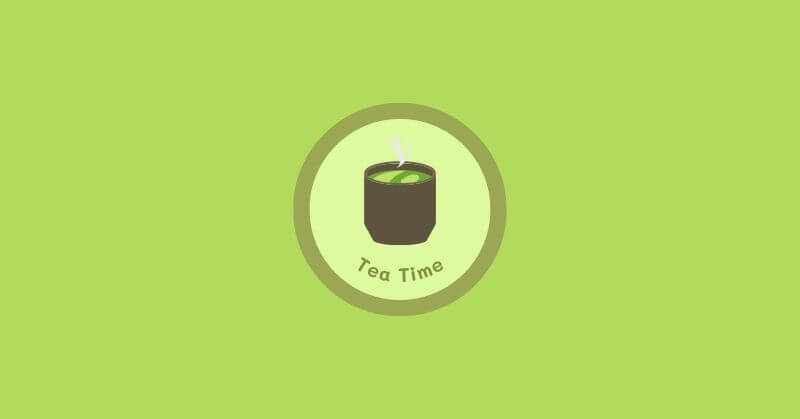
Chamomile tea is a herbal infusion that has a subtle sweetness and a floral aftertaste. You can drink it ice cold on a warm day or warm it up for a cozy evening thanks to its adaptability (with a dollop of honey for added sweetness).
Some chamomile connoisseurs may even try out new chamomile recipes, adding spices like cinnamon or flowers like lavender, or even spices like ginger for a new spin on an old favorite. If you want a stronger chamomile tea flavor, steep it for a longer period of time than is typically recommended.
Chamomile’s pleasant flavor and aroma are also simple to work into mixed drinks. Chamomile martinis with honey and lemon bring out the gin’s floral notes. You can also make a delicious hot toddy by combining chamomile with whiskey or bourbon and serving it hot.
Does Chamomile Tea Have Caffeine?

Chamomile is commonly referred to as a tea, but it is actually a herbal infusion rather than a true tea. Since tea is made from the Camellia Sinensis plant’s leaves and buds, we at Nerada prefer the more precise term “infusion.”
For over a decade, Nerada has traveled the globe in search of the finest, most sustainably grown organic flowers for its chamomile infusion and other organic herbal and green-tea offerings. All of our Chamomile tea is 100% organic and Rainforest Alliance-approved.
That means the Nerada chamomile but didn’t have any synthetic fertilizers, pesticides, or fungicides used in its cultivation. Every sip is nothing but pure deliciousness!
How Come There’s No Caffeine in Chamomile Tea?
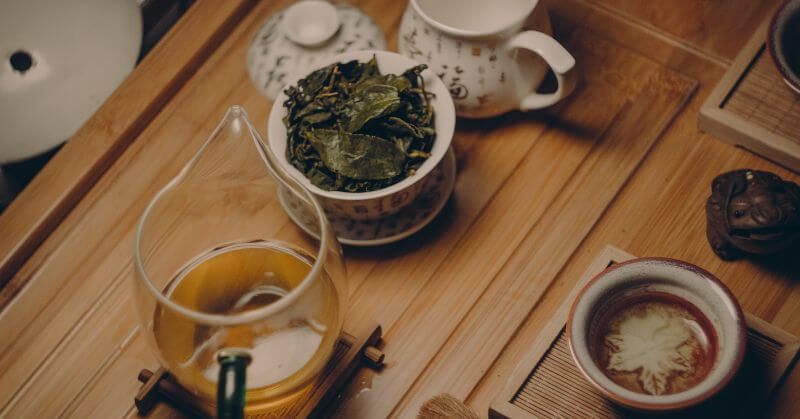
Caffeine levels in tea depend on the type of plant used to make it. The Camellia Sinensis plant is the source of many types of caffeine-rich tea, including black tea, white tea, green tea, and oolong tea. They get their caffeine from this plant, which comes in different strengths.
On the other hand, chamomile is derived from the chamomile plant. In fact, if you saw chamomile in a garden, you might not give it a second glance before deciding it was a daisy. That’s because they share a common ancestor: the Asteraceae family, which also includes daisies, chrysanthemums, marigolds, and zinnias.
Chamomile fits the profile of a tisane, or herbal blend because it typically does not contain caffeine. Herbal teas, such as chamomile, ginger, and peppermint, are typically used for other purposes than as morning or afternoon stimulants.
However, some types of herbal tea do contain caffeine. Yerba mate is one of a few drinks that doesn’t fit this description.
How Many Varieties of Chamomile Tea Are There?
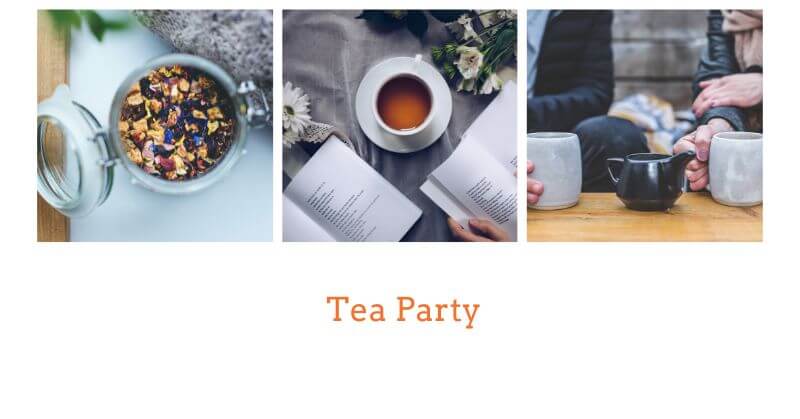
It’s a common misconception that chamomile is just a pretty garden plant. It has been used medicinally since 500 B.C., and its popularity as a natural remedy for fevers and flu cases skyrocketed in the sixteenth and seventeenth centuries. Even now, chamomile is revered as a panacea-in-a-cup and, of course, a relaxing drink.
The most common types of chamomile available today are Roman chamomile and German chamomile, but there are others. Both of these chamomile varieties are commonly used to prepare tea. Essential oils derived from both of these chamomile varieties are on the market, and they are frequently used in aromatherapy for their calming effects.
Advantages of Drinking Chamomile Tea
- To strengthen your defenses against the upcoming cold and flu season, you can drink chamomile tea as a natural, bacteria-fighting supplement. A tasty way to boost your immune system and ward off germs is to drink a few cups of tea daily with a dash or two of honey.
- Chamomile has been used as a trusted healing agent and natural antiseptic for wounds since ancient Rome. Because of this, it should always be on hand in the medicine cabinet in case of an emergency. The antibacterial and anti-inflammatory effects of chamomile tea can be maximized by using a cool compress on the affected area after the tea has been steeped.
- Reduce the appearance of acne scars naturally with chamomile if your last breakout left you with marks that just won’t go away. Tea bags can be used as compresses after they have been steeped and cooled. The recommended amount of time for use is 15 minutes.
- Solutions for your hair and scalp: Dandruff is annoying, and it can also be embarrassing. As luck would have it, the antioxidants in chamomile tea can exfoliate dry skin on your scalp, reducing redness and scaly patches around the hair’s roots. In addition, its vitamin content encourages both hair growth and healthy strands. Make a pot of chamomile tea, allow it to cool, and then pour it over your head and hair.
Final Thoughts On Does Chamomile Tea Have Caffeine?
Chamomile tea is our go-to nightcap because it is widely recognized as an effective treatment for insomnia. Now that the day is over, fluff your pillows. This caffeine-free tea can be enjoyed at any time of the day or night for its calming effects.
This restorative tea is renowned for its ability to ease the symptoms of the common cold and muscle cramps. When applied to colds, other infections, skin irritations, and wounds, the antibacterial and antimicrobial properties can be quite helpful.
Calming, Balmy, and Warm. Handle the flowers with care. The powder at the bottom is actually chamomile flower pollen, which is completely safe to eat. The Chamomile’s flavor would be lacking without it.
Follow Us: Facebook | Instagram | Twitter | Pinterest
Also Read: Good night images with love is one that makes you feel warm inside


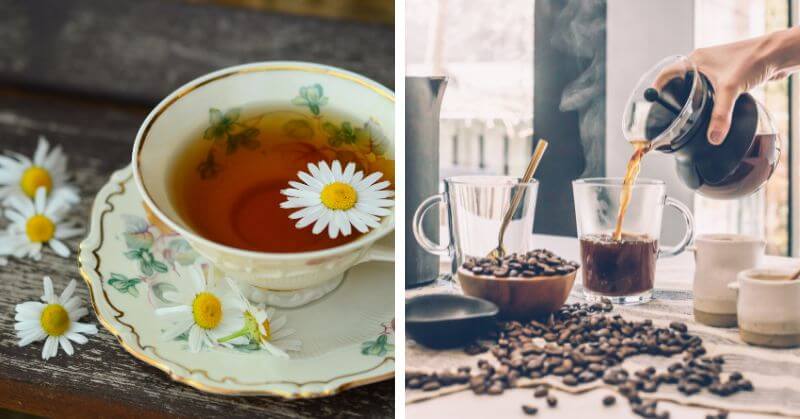
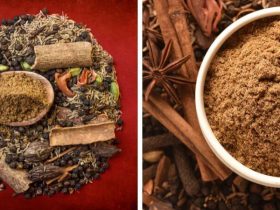
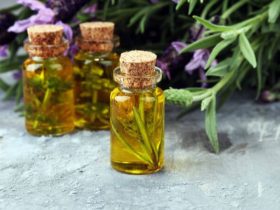




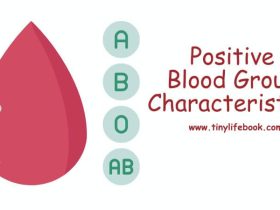


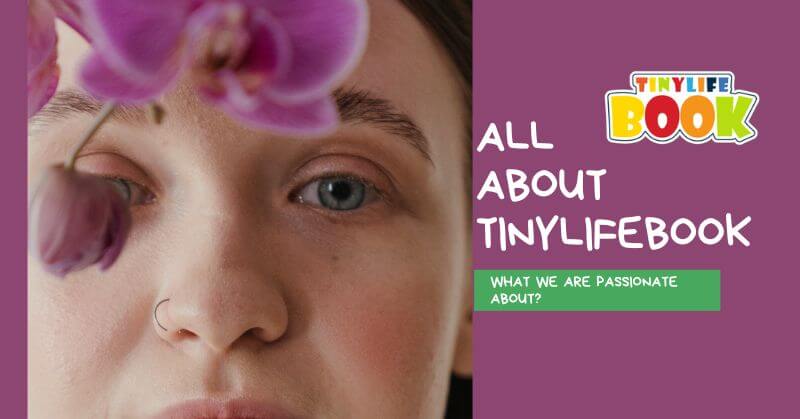
Leave a Reply